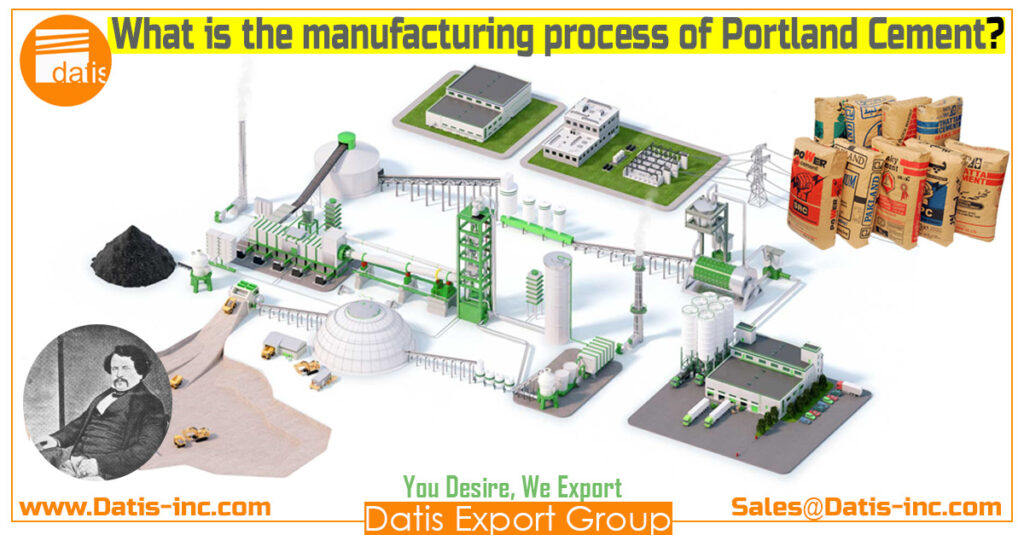To ensure a level of consistency between cement-producing plants, certain chemical and physical limits are placed on cements. These chemical limits are defined by a variety of standards and specifications.
For instance, portland cements and blended hydraulic cements for concrete in the U.S. conform to the American Society for Testing and Materials (ASTM) C150 (Standard Specification for Portland Cement), C595 (Standard Specification for Blended Hydraulic Cement) or C1157 (Performance Specification for Hydraulic Cements).
Some state agencies refer to very similar specifications: AASHTO M 85 for portland cement and M 240 for blended cements. These specifications refer to standard test methods to assure that the testing is performed in the same manner. For example, ASTM C109 (Standard Test Method for Compressive Strength for Hydraulic Cement Mortars using 2-inch Cube Specimens), describes in detail how to fabricate and test mortar cubes for compressive strength testing in a standardized fashion.
An EN (European Standard) “carries with it the obligation to be implemented at national level by being given the status of a national standard and by withdrawal of any conflicting national standard”. Therefore, a European Standard (EN) automatically becomes a national standard in each of the 34 CEN-CENELEC member countries.
For portland Cement, EN 197-1 Standard is related to Types and specification of Portland Cement.
Nomenclature Differences
In the US, three separate standards may apply depending on the category of cement. For portland cement types, ASTM C150 describes:
Cement Type Description
Type I Normal
Type II Moderate Sulfate Resistance
Type II (MH) Moderate Heat of Hydration (and Moderate Sulfate Resistance)
Type III High Early Strength
Type IV Low Heat Hydration
Type V High Sulfate Resistance
– Type I—The standard product that has long been in use with no limitation on the proportions of the major oxides (CaO, SiO2, Al2O3, Fe2O3), also referred to as “ordinary portland cement.”
– Type II—This cement possesses moderate resistance to sulfate attack because of certain limitations on composition. Sometimes called moderate-heat cement, it is intermediate between Type I and the low-heat Type IV cement. If moderate heat of hydration is desired, however, the optional limit on heat of hydration should be invoked when specifying or ordering.
– Type III—High-early-strength portland cement is often produced by grinding Type I clinker finer or by altering the chemical composition of the cement.
– Type IV—Low-heat portland cement. Not currently made in the United States and limited in production elsewhere.
– Type V—Sulfate-resisting portland cement with appropriate limits on composition.
